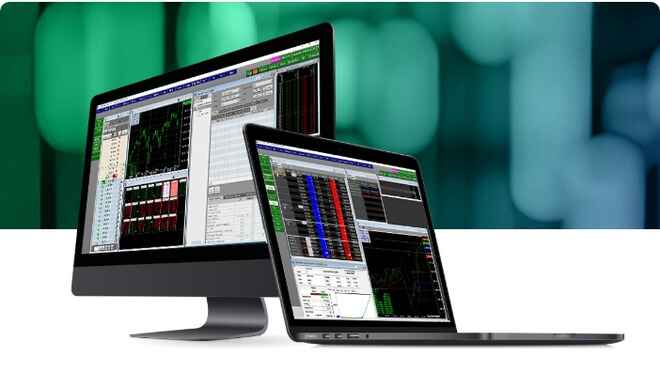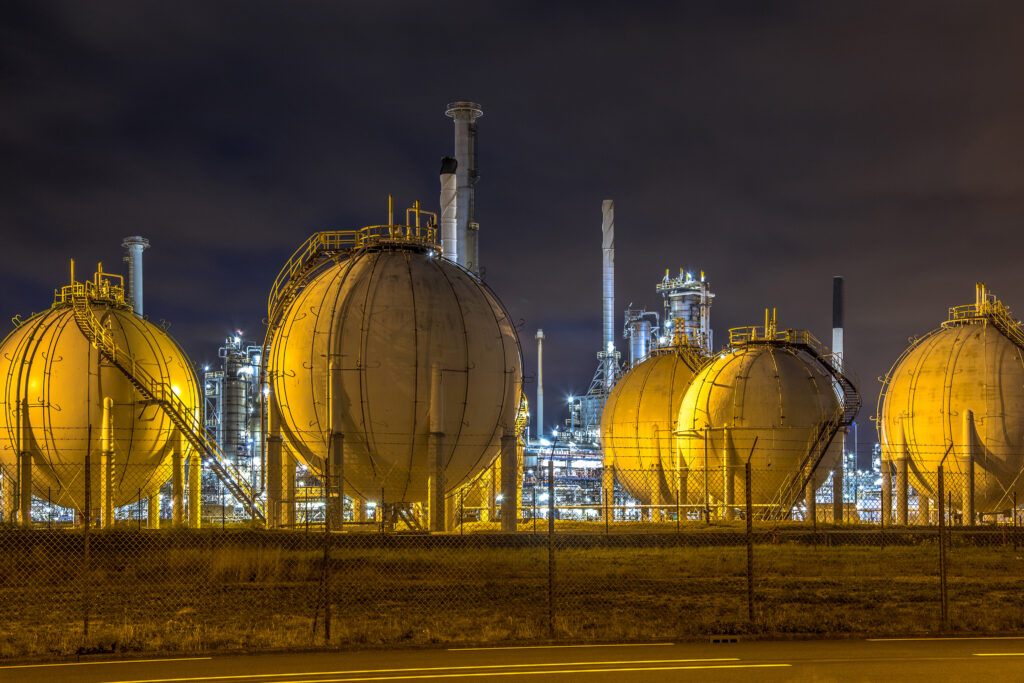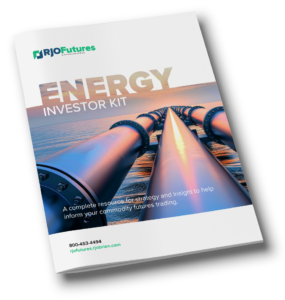To many people, natural gas is something to heat your home, not an asset to trade. And that’s understandable: Natural gas futures are slightly exotic even to some regular traders. Yet despite their relatively low profile, natural gas futures positively burn with potential – if you know what you’re doing. Whether you’re a seasoned trader or a novice looking to diversify your portfolio, understanding the intricacies of the natural gas futures market is critical before your move forward. So, without further ado, let’s delve into the essentials of natural gas futures trading.
What Are Natural Gas Futures?
Natural gas futures are financial contracts that give buyers an obligation to purchase, and sellers an obligation to sell, certain amounts of natural gas at a predetermined price on a future day. They’re one of the popular energy commodities traded on futures exchanges such as the New York Mercantile Exchange (NYMEX).
Why Do People Trade Natural Gas Futures?
For some, it’s a hedge against future price risks, allowing companies involved in the production, delivery, or use of natural gas to secure a stable price. For others, it’s purely speculative, offering a chance to profit from the volatility in the natural gas market.
How Are Natural Gas Futures Priced?
The pricing of natural gas futures contracts is set supply and demand in the natural gas futures market. It involves a careful balance between production levels, storage capacities, consumption rates, and external factors such as weather conditions and geopolitical events.
What Factors Impact The Price of Natural Gas Futures?
Numerous factors can impact the price of natural gas futures. Among the most significant are weather conditions, especially in North America where demand for natural gas spikes in both winter (for heating) and summer (for electricity to power air conditioners). Also, geopolitical events can have a substantial impact. The conflict in Ukraine that began in 2022 and continues today created disruptions in natural gas production and access that caused prices to fluctuate. Economic indicators like GDP growth rates, industrial production levels and technological advancements in extraction methods can all influence prices.
What Are the Risks Involved in Natural Gas Futures Trading?
Despite the potential profits, trading natural gas futures is not without risk. One of the key risks of trading natural gas futures is market volatility. Prices can dramatically shift due to the factors mentioned above, potentially leading to substantial losses. And, because futures are leveraged investments, traders may lose more than their initial investment.
What Are Some Trading Strategies for Natural Gas Futures?
Several natural gas futures trading strategies can be employed depending on your risk tolerance and market outlook. These include fundamental analysis, where traders study market factors like weather patterns and production levels to predict price movements. Technical analysis is another popular strategy, where traders use charts and indicators to identify price patterns and market trends.
Spread trading is another common strategy employed in this market. Here, traders take opposing positions in different natural gas futures contracts hoping the price difference between the contracts will change in their direction. Position trading (or buy and hold) and day trading are other common options.
So which strategy to pick? That depends on your risk tolerance. Some strategies are riskier than others. For instance, day trading and scalping can offer high returns but come with significant risk, while swing trading or position trading might be slower but typically involve less risk.
Other factors to consider are the amount of time you have to execute strategies, your level of market knowledge, your trading goals, your financial resources and your experience level.
What Resources are Available Around Natural Gas Futures?
For those interested in trading natural gas futures, numerous resources are available. These include commodity futures websites and trading platforms that provide real-time market data, price charts, and news updates. Financial news outlets offer analysis on market trends, while government reports provide insight into supply and demand factors. Online forums and trading courses can offer education and community support. Lastly, brokers and financial advisors can provide personalized guidance.
How Can I Get Started with Natural Gas Futures Trading?
To get started with natural gas futures trading, you’ll first need to open an account with a futures brokerage. This will require you to meet certain financial requirements and understand the risks involved. It’s also important to educate yourself about the natural gas market and the specific characteristics of natural gas futures contracts. Once your account is set up, you can start to analyze the market and develop a trading strategy. This is where your research and understanding of the market come into play. Remember, it’s crucial to monitor your trades closely and always have a plan for managing your risk. While natural gas futures trading can be lucrative, it’s also complex and potentially risky. It’s important to understand these risks and develop a solid trading strategy before diving in. If done right, however, it can be a profitable undertaking.
Why Choose RJO Futures for Natural Gas Futures Trading?
At RJO Futures, we offer natural gas traders everything they need for success. This includes timely natural gas market data, research reports and personalized service when you need it. We also offer you access to the industry’s most advanced trading platform featuring every tool required to successfully execute your strategies. RJO Futures also offers traders access to our experienced advisory staff. If you have questions about trading natural gas or any other type of futures, they are ready and willing to help.
Contact RJO Futures today to learn more about how we can help you set the table for success.



